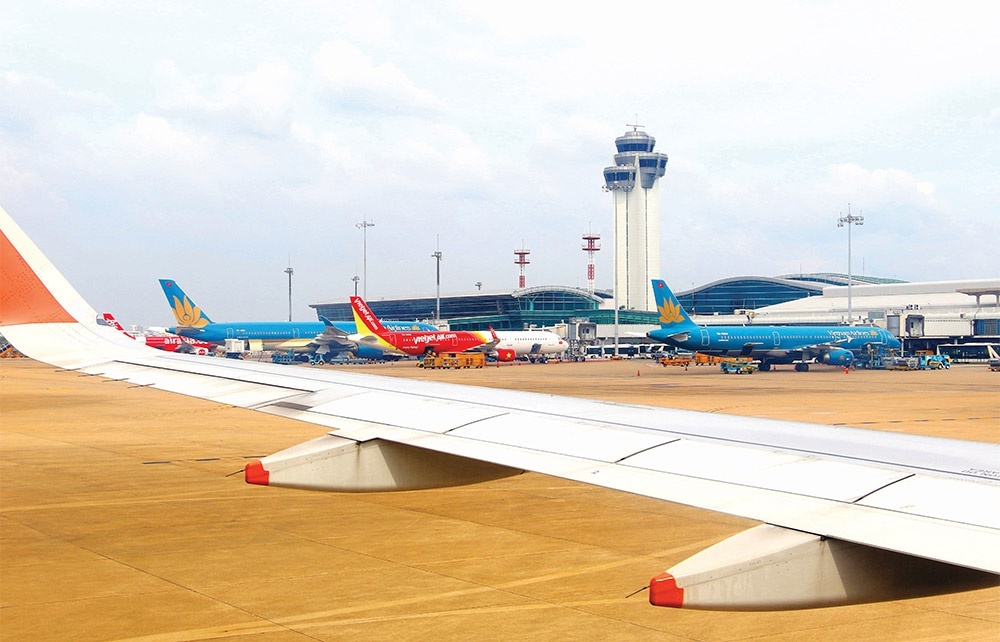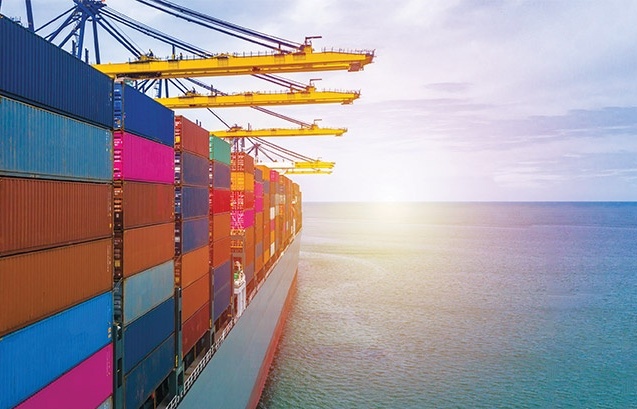Small firms show optimism
 |
The sixth Asia Business Monitor done by US logistics firm UPS, which surveys SME decision makers across the region on the business sentiments and factors that drive success, said 59 per cent in Viet Nam expected growth, while another 32 per cent expected the economy to remain the same.
The survey, which polled 1,350 SME decision makers in 13 key markets in March-April, included Viet Nam for the first time.
Besides Viet Nam, Australia, mainland China, Hong Kong, India, Indonesia, Japan, South Korea, Malaysia, the Philippines, Singapore, Taiwan and Thailand also took part.
Viet Nam is the second most optimistic market in the region about business success in 2010, with 72 per cent of the respondents believing their companies will perform better this year.
Though nine out of 10 Vietnamese SMEs are focused on conducting business within Asia and the Pacific, they expect trade with other regions to increase.
Global trading has helped Viet Nam become a rapidly emerging market and this was confirmed by 58 per cent of SMEs who said it had a more positive impact on their business growth and had opened up business opportunities for them.
Despite the prevailing positive growth sentiment, Viet Nam was the least optimistic in the region when it came to the workforce: an overwhelming 61 per cent intend to pare their workforce, while none plans to increase it.
As Viet Nam's economic growth accelerates and it continues to invest in infrastructure, the building and construction industry is expected to boom. More than half of Vietnamese SMEs (53 per cent) believe this sector will continue to be the country's key growth industry this year. It is followed by IT (36 per cent) and leisure and tourism (28 per cent).
When asked which industries will be the key economic pillars over the next three to five years, building and construction remained the top choice among Vietnamese SMEs with 53 per cent, followed by agriculture, forestry and fishing (29 per cent), leisure and tourism (29 per cent), and IT (26 per cent).
Though the Vietnamese economy is expected to grow this year, local entrepreneurs continue to face challenges and seven out of 10 SMEs said their top business concern was costs. The second biggest concern is interest rate hikes (46 per cent) while competition (40 per cent) is the third biggest concern.
Vietnamese SMEs want the Government to continue its low-interest lending programmes since many banks still charge them above 14 per cent.
Around 23 per cent said they needed support funds to upgrade their technologies and equipment and 19 per cent wanted the Government to promote Vietnamese brands.
Of those who encountered problems in financing their business, 45 per cent blamed this on bureaucracy and red tape in processing applications and 25 per cent on the lack of institutions willing to lend to small businesses. Some 30 per cent said they had no difficulties in finding funds.
To sustain their competitiveness, they said more needed to be done in terms of Government support, transport infrastructure, and legal framework.
Asked about their perception of their own competitiveness, 31 per cent said better service or quality was the key competitive advantage they had when competing with big corporations, followed by forming partnerships/associations (29 per cent) and offering better prices (17 per cent).
"[The survey] has clearly revealed that Viet Nam SME leaders needed Government support for them to grow and develop, and truly put Vietnamese brands on the regional as well as global map for years to come," Jeff Mclean, general manager of UPS Vietnam, said.
An important fact the survey uncovered is the importance of supply-chain management for SMEs.
Cost savings is the number one reason for Vietnamese SMEs to pursue a supply-chain management strategy (31 per cent). In addition to cost savings, 28 per cent view it as a method for quality assurance.
When asked what changes were needed in supply chain practices to support future growth, 31 per cent said they would focus simply on reducing transport and distribution costs while 21 per cent said they would shift their supply-chain operations closer to their final destination.
What the stars mean:
★ Poor ★ ★ Promising ★★★ Good ★★★★ Very good ★★★★★ Exceptional
Related Contents
Latest News
More News
- Registered FDI in Vietnam tops 6.17 billion USD in Q1 (March 29, 2024 | 08:47)
- Vietnam in waiting list for market upgrade to secondary emerging (March 28, 2024 | 16:37)
- High-tech investment influx reliant on stable power supply (March 28, 2024 | 11:30)
- New land law could entice Viet Kieu home (March 27, 2024 | 18:00)
- Non-stop toll collection to be officially applied in five airports from May 5 (March 27, 2024 | 11:35)
- Vice State President now Acting President (March 22, 2024 | 14:47)
- Party Central Committee agrees to let Vo Van Thuong cease holding positions (March 22, 2024 | 14:41)
- PM, USABC discuss deepening partnership in Vietnam (March 22, 2024 | 11:48)
- PM urges further rate cuts, improved credit access to remove obstacles, promote growth (March 15, 2024 | 11:47)
- Vietnamese citizens warned about fraudulent job offers abroad (March 15, 2024 | 10:04)



 Tag:
Tag:




















 Mobile Version
Mobile Version